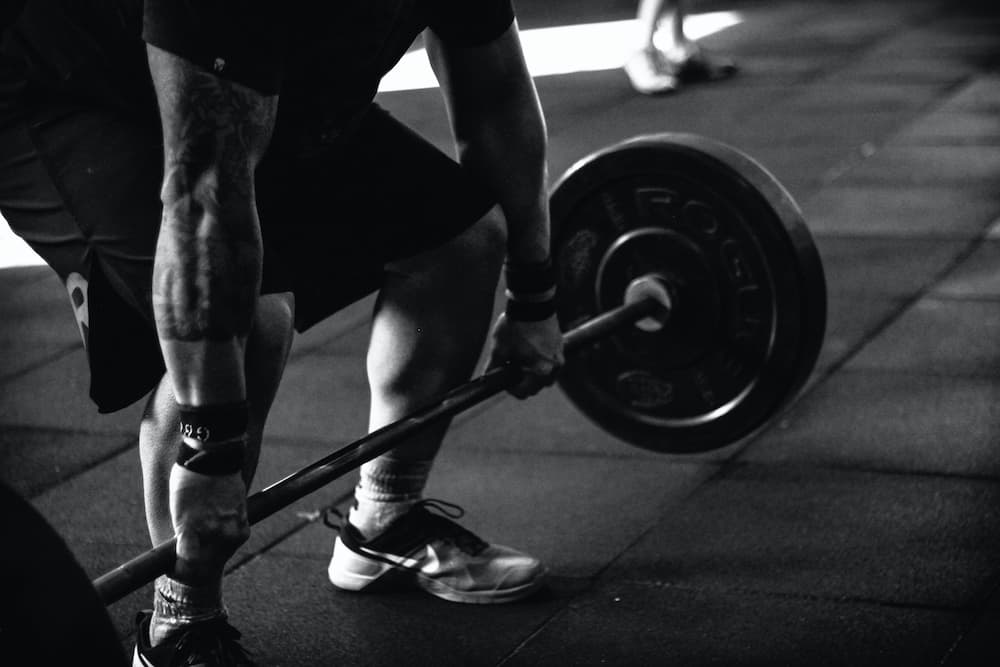As a high-performance athlete, you know the importance of taking care of your body. You train for months, put in countless hours of work, and push your body to the limit. But what happens when your body gets exhausted, and you need to take a step back?
That’s where massage therapy comes in. Sports massage is a type of massage specifically targeted towards athletes and their needs. Unlike other types of massages, sports massage targets the muscles and areas of your body that are under the most strain, helping you to recover faster and perform better.
In this guide, we’ll take a closer look at sports massage and its many benefits, as well as what sets it apart from other types of massages.
Benefits of Sports Massage
Sports massage can benefit athletes in many ways, both before and after a training or event. Before a training or event, sports massage can help to increase blood flow to the muscles, which in turn can improve your performance and reduce the risk of injury. Sports massage can also help to warm up your muscles and get them ready for the intense activity that lies ahead.
After a training or event, sports massage can help to speed up recovery time and reduce muscle soreness. The massage can target specific areas of soreness and promote healing and repair by increasing blood flow and decreasing inflammation.
But, sports massage isn’t a “one and done” sort of treatment. By making sports massage a regular part of your training routine, you can maximize the benefits and ensure that your body is always getting the care it needs.
How Sports Massage Differs from Other Massage
Bottom line: All massage is not created equal.
Let’s repeat that sentence, slowly:
All. Massage. Is. Not. Created. Equal.
We have heard numerous stories of where athletes schedule a spa massage with the hopes of “fixing” tight or painful areas of their body. However, when receiving massage therapy from a therapist who is not trained in sports massage, you may not always get the desired outcomes. You need to be sure you’re seeing someone who specializes in athletes and the muscles they use for their sport.
Sports massage has unique techniques and applications that other forms of massage may not incorporate into their treatment plans. Sports Massage therapists are trained to recognize areas of injury, fatigue, pain and even the need for stretching.
It is important to remember that if you’re an athlete and looking for a massage therapist, make sure they are trained in sports massage techniques. It is also helpful to provide your massage therapist information on your sport so that they can focus on areas of need such as muscles used most often and areas of inflammation or tightness.
Another big difference between sports massage and other types of massage is that sports massage is much more focused and targeted, thereby applying the techniques we discussed above. The therapist will work with you to identify specific areas of pain or soreness, and then target those areas using deep tissue massage, stretching, and other techniques.
Sports massage also differs from other massages in that the athlete is actively involved in the process. You’ll be asked to give feedback during the massage to help the therapist identify areas of pain and soreness, and to determine which techniques are most effective.
Sports Massage is a Therapeutic Experience
Unlike other types of massage, sports massage is not always designed to be a relaxing spa experience. While you may still find it relaxing and enjoyable, the focus is on therapeutic results rather than relaxation.
The goal of sports massage is to help target specific areas of pain and soreness, and to use various techniques to promote healing and recovery. The therapist will work with you to determine which specific areas need to be targeted, and then use a variety of techniques to help improve blood flow, decrease inflammation, and promote healing.
What Your Therapeutic Massage Clinician Wants You to Know Before Your First Visit
When it comes to getting a sports massage, there are a few things that your massage therapist wants you to know:
- Wear loose and comfortable clothing: Avoid wearing tight clothes that could get in the way of your massage session.
- Drink plenty of water: Before and after your massage, remember to drink plenty of water to stay hydrated and help flush toxins from your body.
- Communicate openly with your therapist: Be open about what type of pressure you prefer, areas that are more sensitive, and any pain or discomfort that you experience during the massage.
- Be aware of your body: When getting a sports massage, it’s important to be aware of how your body is responding to the techniques used by the therapist. Do not hesitate to tell them if something is too painful or uncomfortable so that they can adjust their technique.
- Communicate details about your training, your event and your current pain levels: To get the most out of your sports massage, prioritize letting your therapist know what type of event or training you’re preparing for, as well as any areas of pain or soreness that you experience. This information can help them tailor the massage accordingly.
By keeping these few tips in mind before your first visit, you can be sure to get the most out of your sports massage session.
Sports massage is an essential tool in the high-performance athlete’s toolbox. Whether you’re training for a major event or recovering from an injury, sports massage can help you to recover faster, reduce the risk of injury, and perform better. When choosing a massage therapist, look for someone with experience in sports massage and a proven track record of working with athletes. At RuppMassage, we specialize in working with high-performance athletes and can help you to achieve your goals and perform at your best.
Image credit: Victor Freitas | Pexels

